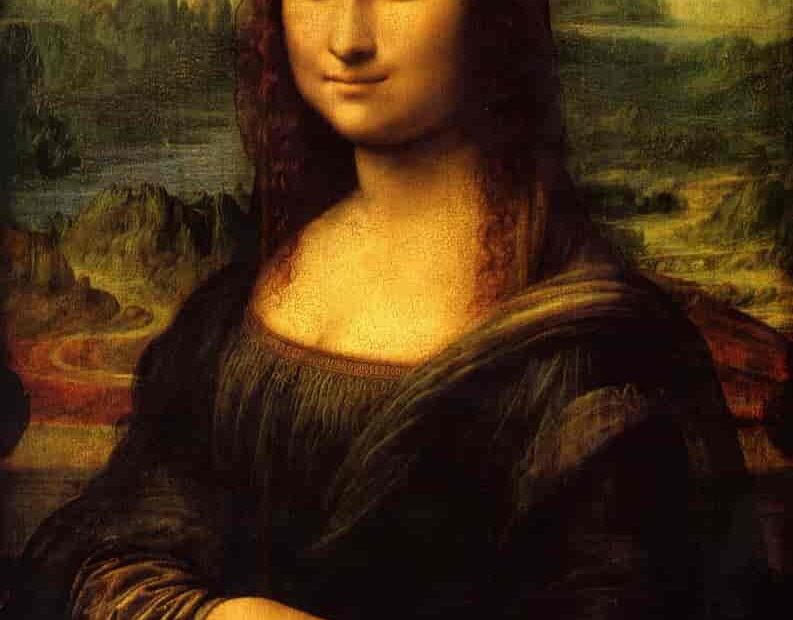Renaissance – the revival of ideas and art
Etymology of the name „Renaissance”
In order to be able to use the name of the Renaissance era in full efficiency, it is worth knowing its roots. It derives from the Italian word „rinascita,” which, however, does not directly mean a revival of antiquity, but only a period of splendor in Italian art. The word was first used by Giorgio Vassari.
Wierność dziedzictwu antyku
Humanists sought authentic remnants of antiquity that would not be adulterated by medieval influences. They often began their studies of antiquity as searchers and collectors of manuscripts, like Petrarch. Thanks to classical philologists of the Renaissance, the works of Tacitus, the letters of Cicero were discovered
Mindset
Although the medieval era was immediately before the Renaissance, they are diemetrically different, and people of the Renaissance modeled themselves on the ancient concept of perceiving the world. In later years, this phenomenon was called Krzyzanowski’s sine wave, and the Renaissance was included in the set of classical epochs. But what does this mean in practice?
The Renaissance decided to break with the medieval concept of asceticism, theocentrism and scholasticism. In the Renaissance, the core value was humanism – the opposite of theocentrism – meaning the worship of man. The famous slogan of humanism is „I am a man and nothing human is alien to me. In addition to the above-mentioned values in the revival era of antiquity professed by people were values such as; otymistic approach to life. joy and appreciation of life, movement and activity of people.The most important virtue of people is virtue, pure conscience, peace of mind.
Representatives
Leonardo da Vinci
Jan Kochanowski (1530-1584)
Was one of the most outstanding Polish Renaissance poets. In his works he combined classical form with content drawn from Polish reality, which contributed to the development of Polish literature. Kochanowski embodied the humanistic values of the Renaissance, such as the search for knowledge, care for culture and art, and reflection on the fate of man.
Mikołaj Rej (1505-1569)
was a Polish writer, poet and Renaissance publicist. His works are characterized by richness of language, social insight and patriotism. Rej was the embodiment of humanistic Renaissance values, such as respect for the human intellect, affirmation of national culture and Christian values.
Jan Szczepanik (1872-1926)
was a Polish inventor and pioneer in the fields of photography, television and radiotelegraphy. His inventions contributed to the development of technology and science around the world. Szczepanik embodied the humanistic values of the Renaissance, such as creativity, innovation and practical application of scientific knowledge.
In the works of Kochanowski and Rej, Renaissance motifs are evident, such as respect for ancient culture, the search for harmony and beauty, as well as reflection on the fate of man and his place in the world. Renaissance motifs such as experimentation, discovery of new technological possibilities and the search for practical applications of scientific knowledge are evident in Szczepanik’s works
Literary works
The Renaissance period, which lasted in Europe from the 15th to the 17th centuries, was particularly rich in terms of literary development. Here are some of the most outstanding literary works of the Renaissance:
- „Ody” by Francesco Petrarca – a collection of poems in which the poet praises his love for Laura and pays homage to ancient poetry.
- „The Twelve Labors of Hercules” by Francesco Guicciardini – a literary work that was a combination of history and mythology.
- „King Lear” by William Shakespeare – a tragedy that tells the story of a king who gives away his kingdom to his daughters and later has to face the consequences of his decisions.
- „Don Quixote” by Miguel de Cervantes – a novel that tells the story of a nobleman who goes on an adventure to gain fame and show his courage.
- „Hamlet” by William Shakespeare – a tragedy that tells the story of a young prince who is forced to face moral dilemmas and loyalty to his family.
- „Fraszki” by Jan Kochanowski – a collection of more than 400 short poems on various subjects, in which the author showed the reality of his time.
- „Zwierzyniec” by Jan Kochanowski – a collection of works on nature, in which the poet combined motifs taken from ancient poetry with local landscapes.
- „Lives of famous men” by Jan Kochanowski – a collection of biographies of famous historical figures, in which the poet showed the ideals of the Renaissance nobility.
- „Conversations” by Mikołaj Rej – a collection of dialogues in which the author showed various social and political problems of his time.
- „Short treatise between three persons: Wislawa, Dobromir and her father”. by Andrzej Frycz Modrzewski – a philosophical treatise in which the author advocated social and political reforms
Art
Paintigs:
„Mona Lisa” by Leonardo da Vinci
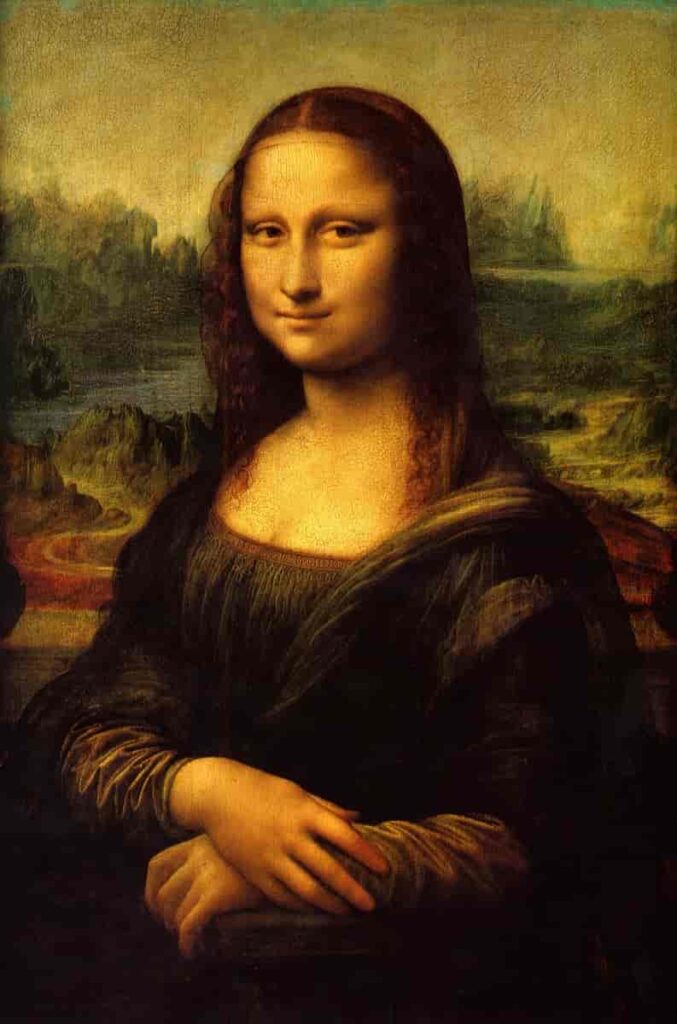
„Lady with an Ermine” by Leonardo da Vinci

„Vitruvian Man” Leonardo da Vinci
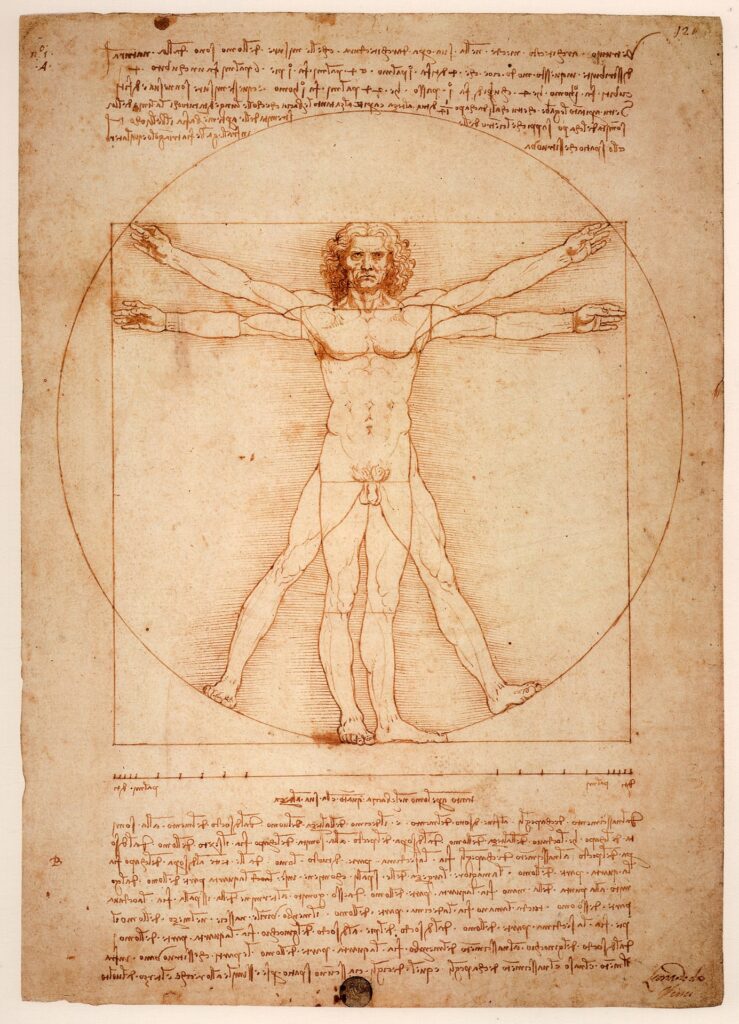
„The Last Supper” Leonardo da Vinci
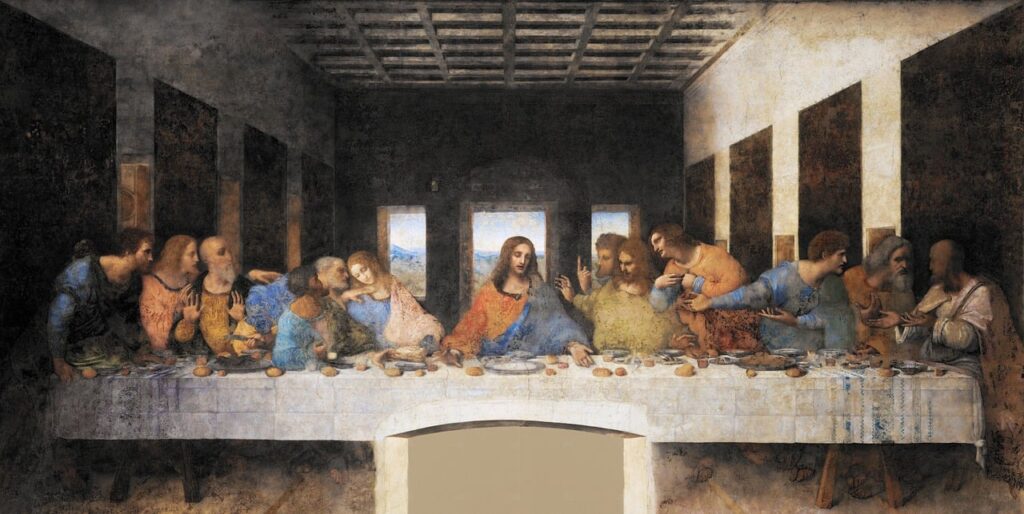
„Birth of Venus” Leonardo da Vinci

„The Last Judgment” Michelangelo

„The Creation of Adam” Michelangelo
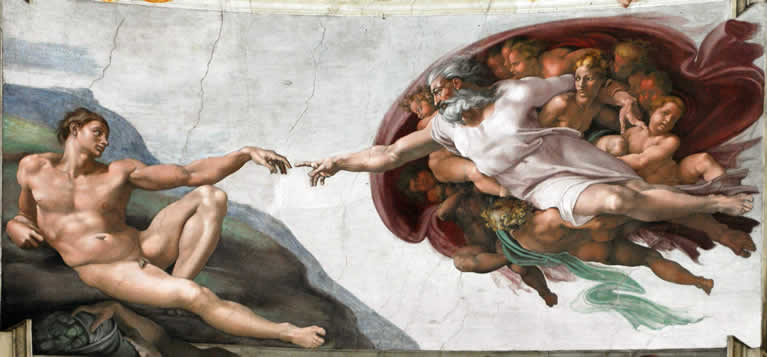
Sculptures
„Moses” Michelangelo

„The Pietá” Michelangelo

„David” Michelangelo

„Madonna of Bruges” Michelangelo

Architecture
Renaissance architects were heavily inspired by ancient buildings in their designs. Such inspirations can be seen, for example, by the semicircular domes characteristic of both the Renaissance and antiquity. The Renaissance style was also characterized by simplicity, harmony, bright, subdued colors(especially white), decorative elements, ornaments, numerous sculptures. In this era many ornate buildings were built, performing decorative functions such as palaces, manor houses.
Examples of Renaissance architecture
San Giorgo Maggiore in Venice
Palmanova – an ideal city
